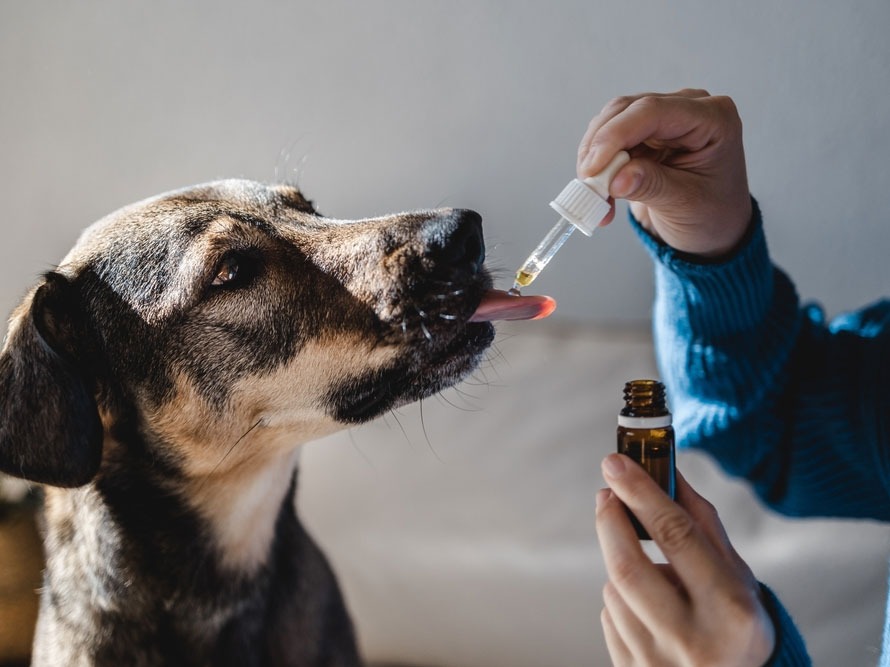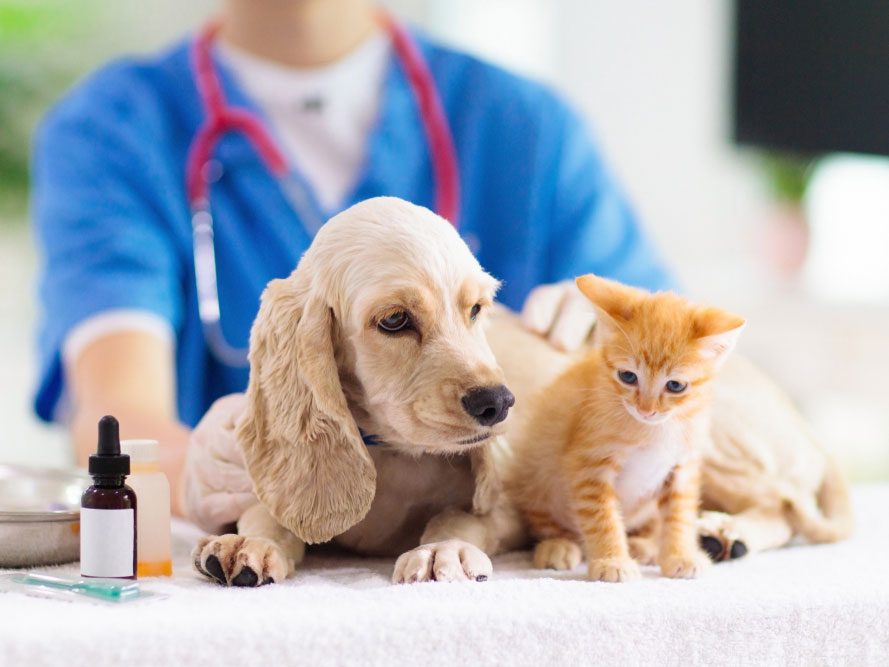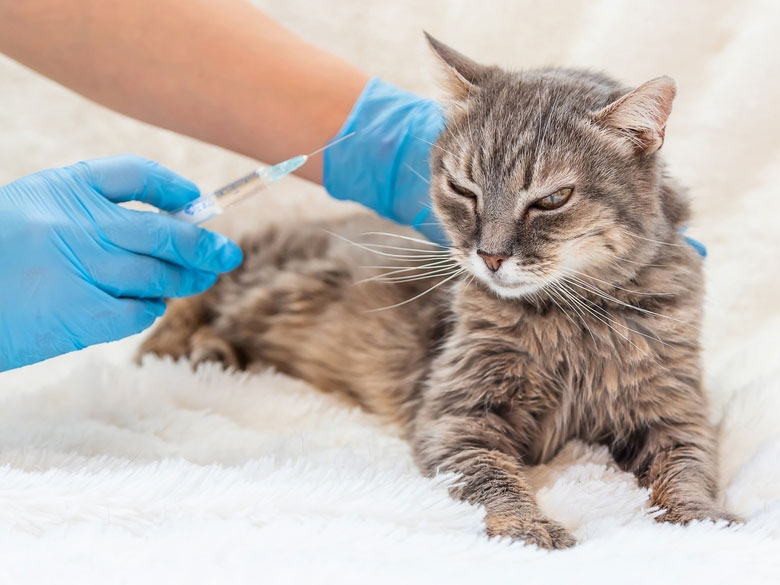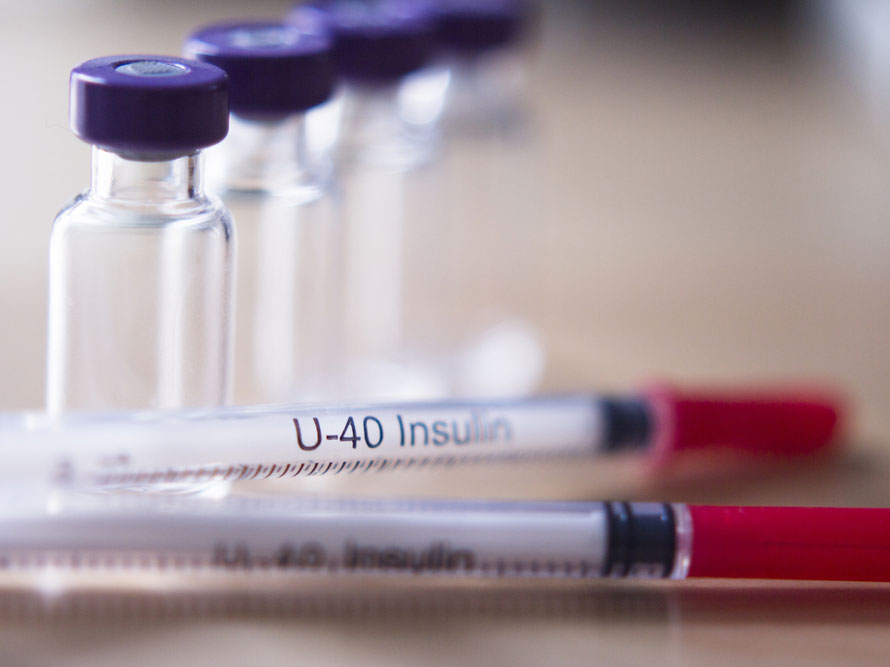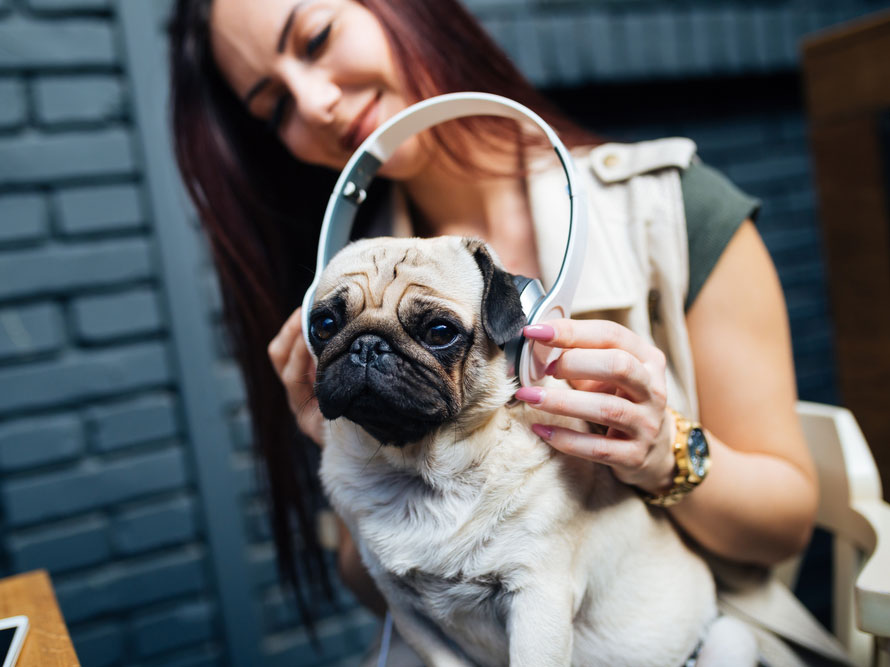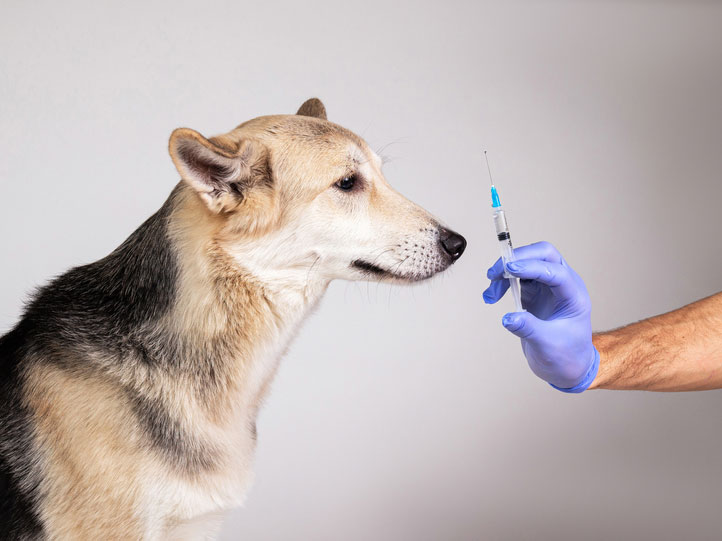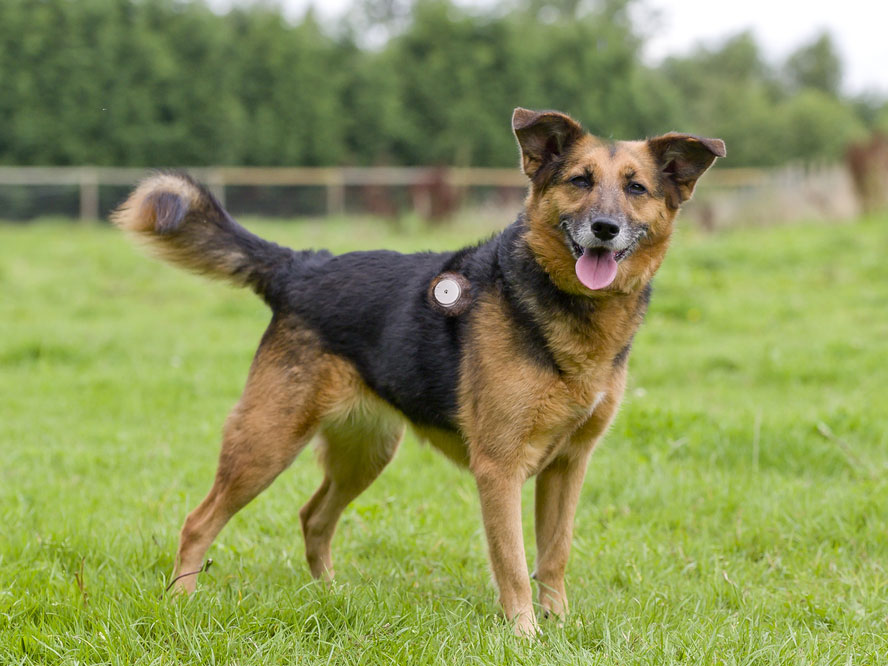Pets are our perfect companions at any phase of life. They offer unequivocal love, friendship, a feeling of obligation and, surprisingly, a possible chance to interface with others. Having a pet sidekick might be particularly magnificent during retirement. Elderly pet owners are getting countless advantages from their animal partners who desire to take their pets wherever they go.
In the not-so-distant past, however, most foundations rigorously denied pets. Throughout the long term, pet-helped treatment and pet keeping have become progressively famous in the United States. About 68% of families in the U.S. hold a pet today, as per data assembled in the 2017-2018 APPA National Pet Owners Survey, contrasted to 56% of American families in 1988.
The expansion in pet possession has provoked specialists to concentrate on its advantages. The growing number of pet holders has incited numerous organizations and networks to make their way for creature partners. More places are now ready to embrace the pet-accommodating way of life consistently. Eateries, spas, shopping centers and, surprisingly, senior living networks currently make their way for feathered and furry companions of all kinds.
There are numerous significant personal satisfaction benefits related to having pets in retirement, for example, adding to sound maturing for senior residents. Here is a portion of the advantages to consider while settling on the conclusion about adding a four-legged relative.
1. PETS GET YOU INTO ROUTINE
At retirement, you likely relished your recently discovered freedom. However, simultaneously, you could have found it hard to conform to the absence of routine that having some work gave. Luckily, pets are incredibly routine-induced and they can assist with getting you on a timetable.
For instance, your pet can get you up each day at 7 a.m to go for a stroll. It reminds you when it’s the ideal opportunity for their midday bite and it even begins yelping when now is the right time to head to sleep.
2. DECREASES ANXIETY LEVELS
There is no denying that the companionship of a pet can offer solace, ease tension and derive self-confidence in restless individuals. Since pets always enjoy the present — they don’t stress over what happened yesterday or what could happen tomorrow — they can assist you in valuing the delight of the present.
Whether you endure psychological wellness issues, like nervousness or depression or need to consistently support your state of mind, having a four-legged companion is a compelling method for assisting you with feeling your best.
Pets can help reduce your body’s stress-delivering chemicals like cortisol and decrease blood pressure.
3. PETS ENCOURAGE YOU TO WORK OUT
Pets have an extraordinary approach to getting their people off the sofa and out moving. Regarding working out, both you and your pet will receive the benefits of the action. It could mean taking your canine for a walk, going to a canine park or playing with your feline inside.
As per a study by BioMed Central, pet holders on normal strolled 2760 steps, more or 22 minutes extra each day contrasted with individuals who didn’t own a pet. It is best to find pets who can expand wellness and whose energy levels go with yours.
During retirement, pets can assist with giving the inspiration to move around, stretch and get outside. Lifting dishes and toys or cleaning a bin can assist with utilizing various muscles all over the body and keep your joints free and flexible.
4. DECREASES RISK OF HEART DISEASES
One review, distributed by the American Heart Association, depicts that possessing a pet could lessen your risk of cardiovascular illness. Pet keeping positively influences heart well-being, maintains cholesterol, stabilizes blood pressure etc.
Pet owners who embrace a four-legged companion encounter a decrease in circulatory strain compared to the others. Pets aren’t a fix for cardiovascular medical problems; however, living with a pet sidekick might benefit your heart.
5. PETS ARE GREAT TRAVEL COMPANIONS
Numerous retired people spend their spare time from their all-day grind by voyaging more. Because pets are quite manageable in a rushed life, you can carry them on your journeys.
Traveling with pets is currently simpler than any time in recent memory because of a multiplication of pet-accommodating lodgings and administrations. For instance, travelers stay in pet-friendly lodgings at their holiday spots. When they show up, they find that their pets unavoidably make them talk and connect with lodging staff and individual explorers.
CONCLUSION
Overall, pets not only bombard you with various health benefits but also provide you with social companionships and connections. Pets can help bring people together in your fellow community. It helps you make friends even in your retirement.

